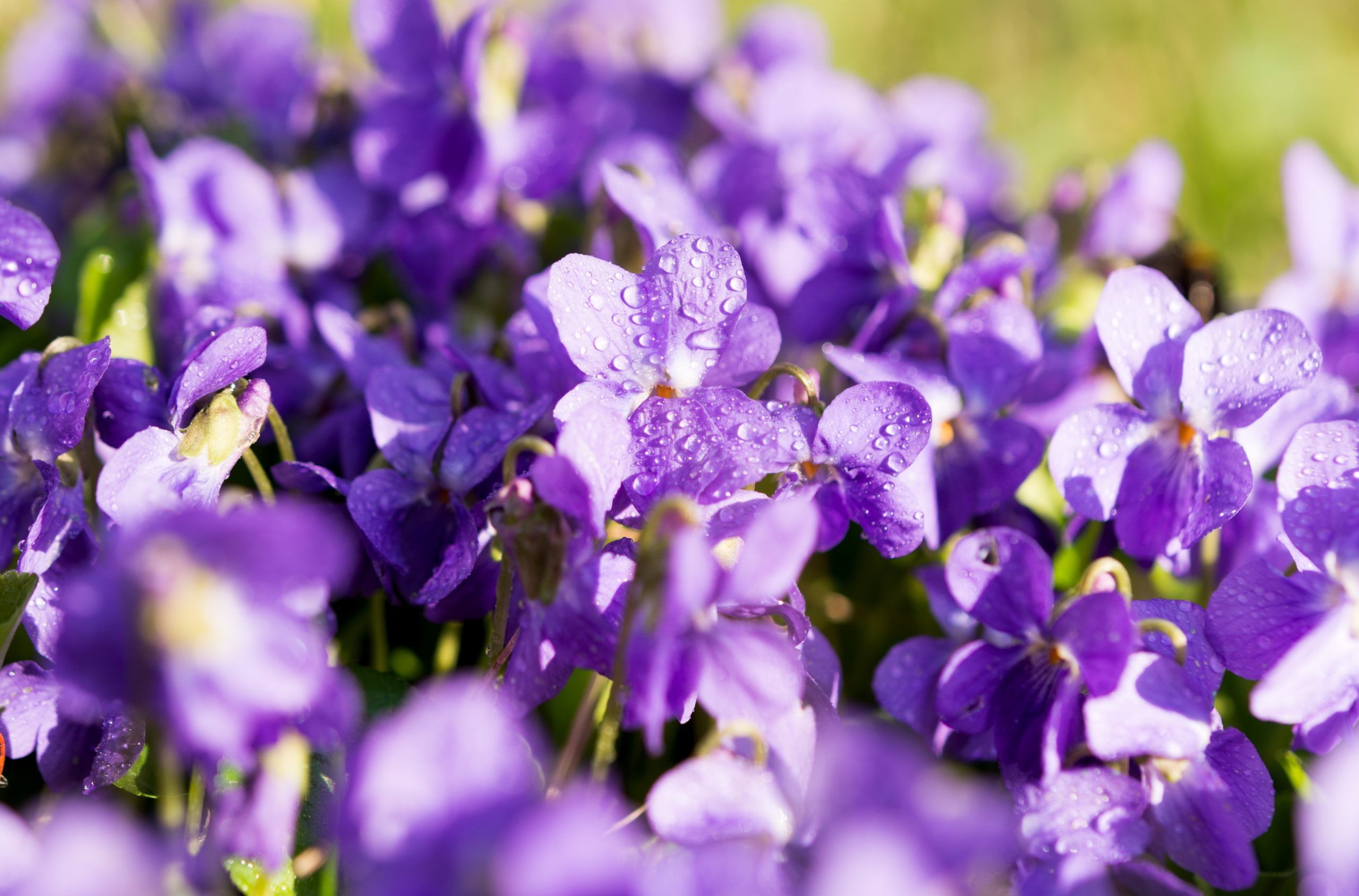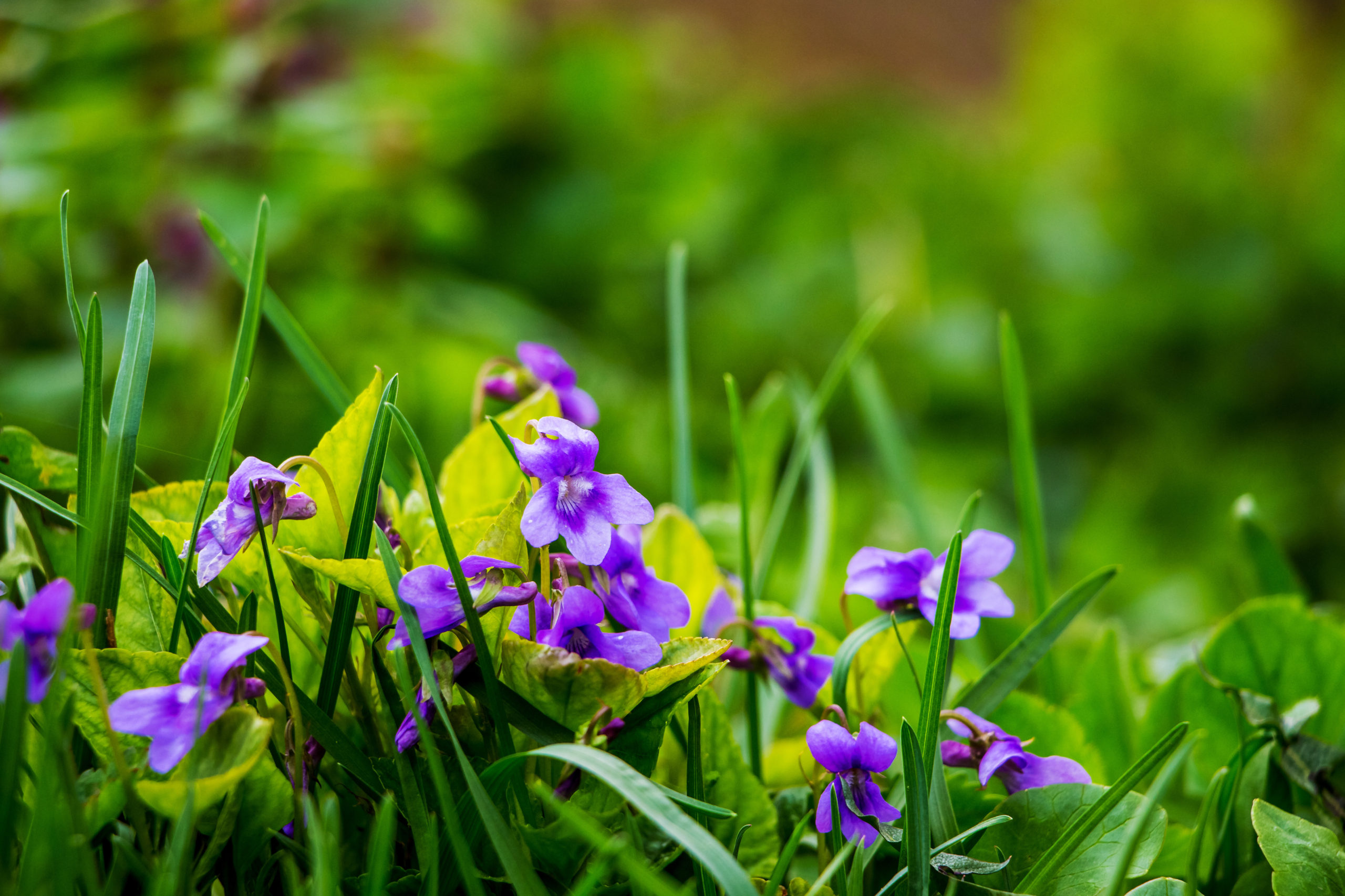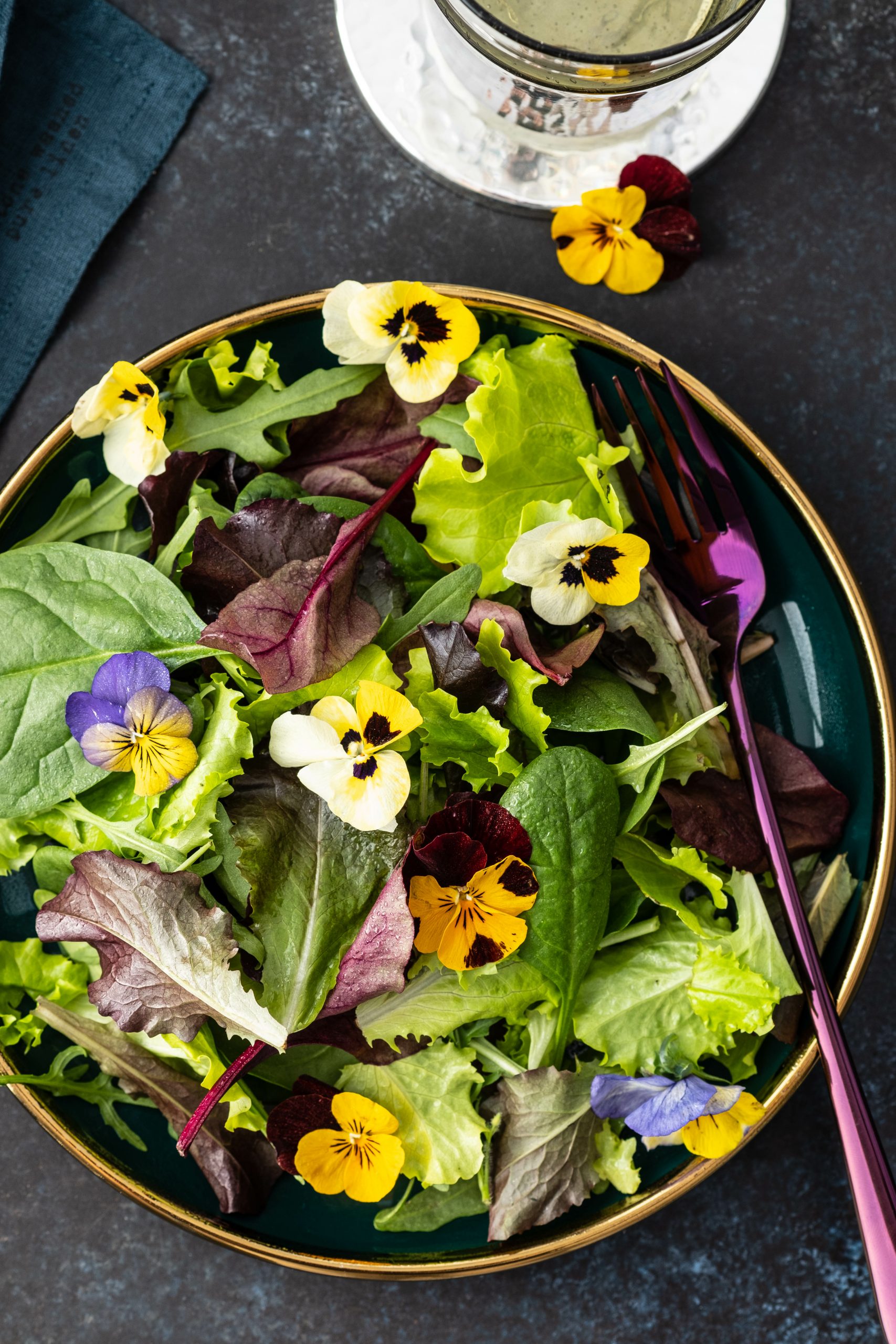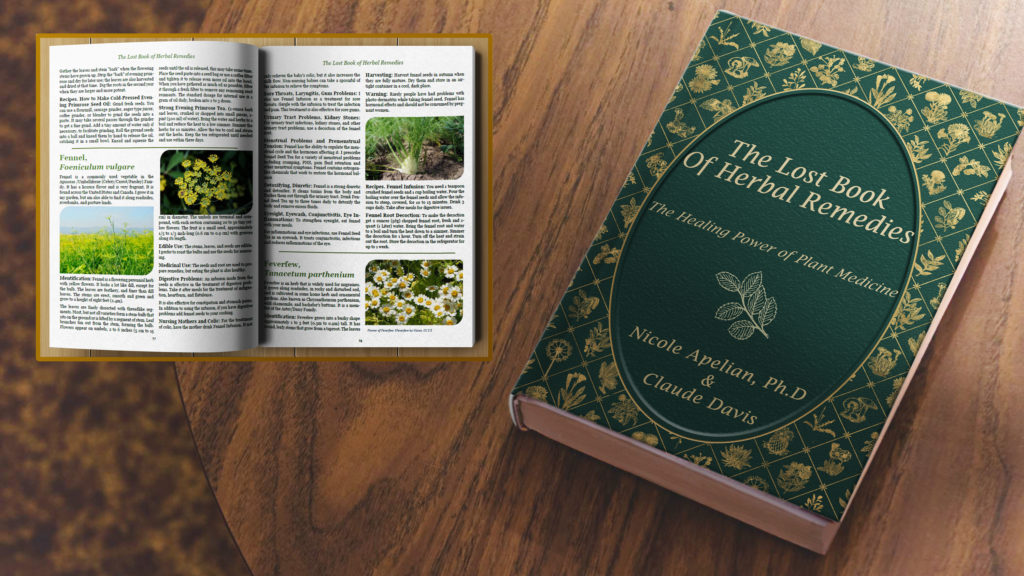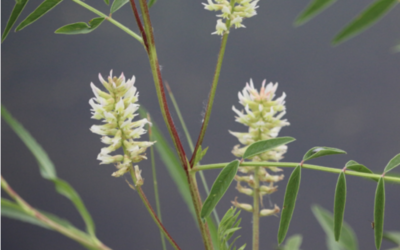Edible Uses plus My Top 5 Medicinal Uses!
Violets are a plant that most people can identify out in the wild. The wild violets around my house usually have purple (violet!) flowers, but some are white or even blue. Many people don’t know that these lovelies are both edible and medicinal. As a side note, pansies are violets and thus also edible but African Violets are not as they are not true violets.
Edible Uses: Both the flowers and young leaves are edible raw. Older leaves taste better cooked with other greens or in soups. The leaves are mucilaginous and are good for thickening stews. I love sweet violets in sweet dishes. Note that the roots are not eaten and may cause nausea and/or vomiting.
Freshly picked flowers are often used on cakes as a garnish and in salads. Both the flowers and leaves are rich in antioxidants and in vitamins A and C. I only eat a handful at a time as too many leaves at once may upset the stomach.
Medicinal Uses: Violets are a cooling, moistening herb, They are an excellent overall detoxifier, strengthening the immune and lymphatic system. I use the flowers and leaves internally as a tea or tincture and externally for skin conditions.
Here are my 5 most common uses for Violets:
- Dry Coughs and Soothing Respiratory Conditions: Wild violet is known as a bronchial remedy for many respiratory conditions, including dry hacking coughs and sore throats. They reduce inflammation and their mucilaginous properties help soothe bronchial passages. I prefer to drink Wild Violet Tea for dry coughs (pick in late spring/early summer and dry for later use).
- Mild Laxative: Violets have a mild laxative effect and are known to be safe for elders and children. This aids in preventing straining for conditions such as constipation and hemorrhoids.
- Anti-inflammatory, Arthritis, and Joint Pain: Violets can be used both externally and internally as an effective anti-inflammatory. Try pounding the leaves and flowers into a paste using a little water, and then apply the paste to the skin on the painful area. You can cover the poultice with cloth to hold it in place.
- For the Skin: Abrasions, Eczema, Rashes, Varicose Veins, & Hemorrhoids: Violets are a cooling and soothing herb. I use wild violet as a tea wash or salve on the skin for issues such as eczema and rashes, insect bites and abrasions. The rutin contained in violet leaves helps reduce the inflammation that causes hemorrhoids and varicose veins. Apply an infused oil or salve and also use internally.
- Blood Thinner and Lowering Cholesterol: The mucilage and fiber in violet leaves is helpful in lowering cholesterol levels. The fiber also helps balance intestinal flora. The leaves are high in vitamins A, C, and rutin. Rutin is an antioxidant and anti-inflammatory and also has blood-thinning properties. For lowering cholesterol and use as a blood thinner, try eating the leaves or using a tea or tincture.
Safety
Some people get a skin rash on contact with the wild violet leaf. There is no known internal toxicity, but allergies are always possible. Large doses of the roots or seeds can cause severe stomach upset, vomiting, high blood pressure and breathing problems. Be careful where you gather. Roadsides and parks are often sprayed with pesticides. Look for flowers in pristine areas away from industrial areas, waste areas, and roadsides. Be sure about your identification (if it is in bloom identification is much easier), as there are poisonous lookalikes. Violets are known to be safe for elders and children.
Do you DIY?
Are you interested in making your own herbal remedies at home and learning about the many plants, lichens, and mushrooms you can find out your own back door? If so please pick up a copy of my book: “The Lost Book Of Herbal Remedies: The Healing Power of Plant Medicine” today!

